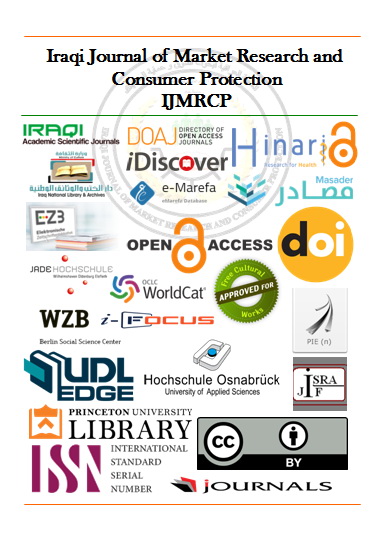SENSITIVITY ASSESSMENT OF SOME ROSELLE PLANT VARIETIES TO SEED ROT AND DAMPING OFF INFECTION AND DISEASE BIOCONTROL
SENSITIVITY ASSESSMENT OF SOME ROSELLE PLANT VARIETIES TO SEED ROT AND DAMPING OFF INFECTION AND DISEASE BIOCONTROL
Keywords:
varieties sensitivity, Hibiscus sabdarifa L, Biological control Fusarium nygamai.Abstract
Roselle (Hibiscus sabdarifa L.) Family Malvaceae is an important crop used in food, cosmetics, and pharmaceutics industries. This study was carried out to evaluate the susceptibility of four different cultivars of Roselle plants against seed rot and damping off. The highest percentage of infection 56.7% was recorded in red cultivar. whereas the lowest 16.7% was recorded in white cultivar. Fusarium nygamai scored 42.5% incedence, and this is the first recored of this pathogen on the Roselle crop in Iraq. The treatment of T.harzanium + B. subtilis + NAA combination showed highely effective scoring disease severity (0.00 ,0.00)% disease infectivity and severity compared to control treatment (pathogen ) (73.30,69.67)%. respectively. T. harzanium + B. subtilis + NAA combination treatment showed the highest antagonistic activity against F. nygamai. and improved growth parameters of Roselle when increased fresh and dry weight of plant up to (9.50,3.21) g/plant respectively. Based on the change in light absorbance/ min/g plant fresh weight. The activity of poly phenol oxidase enzyme increased in plants treated with the combination T. harzanium + B. subtilis + NAA or T. harzanium + NAA or B. subtilis + NAA produced after 15 and 21 days of treatment. scoring (74.73, 47.92) and (68.76, 45.39) and (68.44, 45.06) respectively, compared to control treatment (pathogenic fungus) the activity of poly phenol oxidase was (35.49,32.09) respectively.
Published
Issue
Section
License
Copyright (c) 2025 Iraqi Journal of Market Research and Consumer Protection

This work is licensed under a Creative Commons Attribution 4.0 International License.





